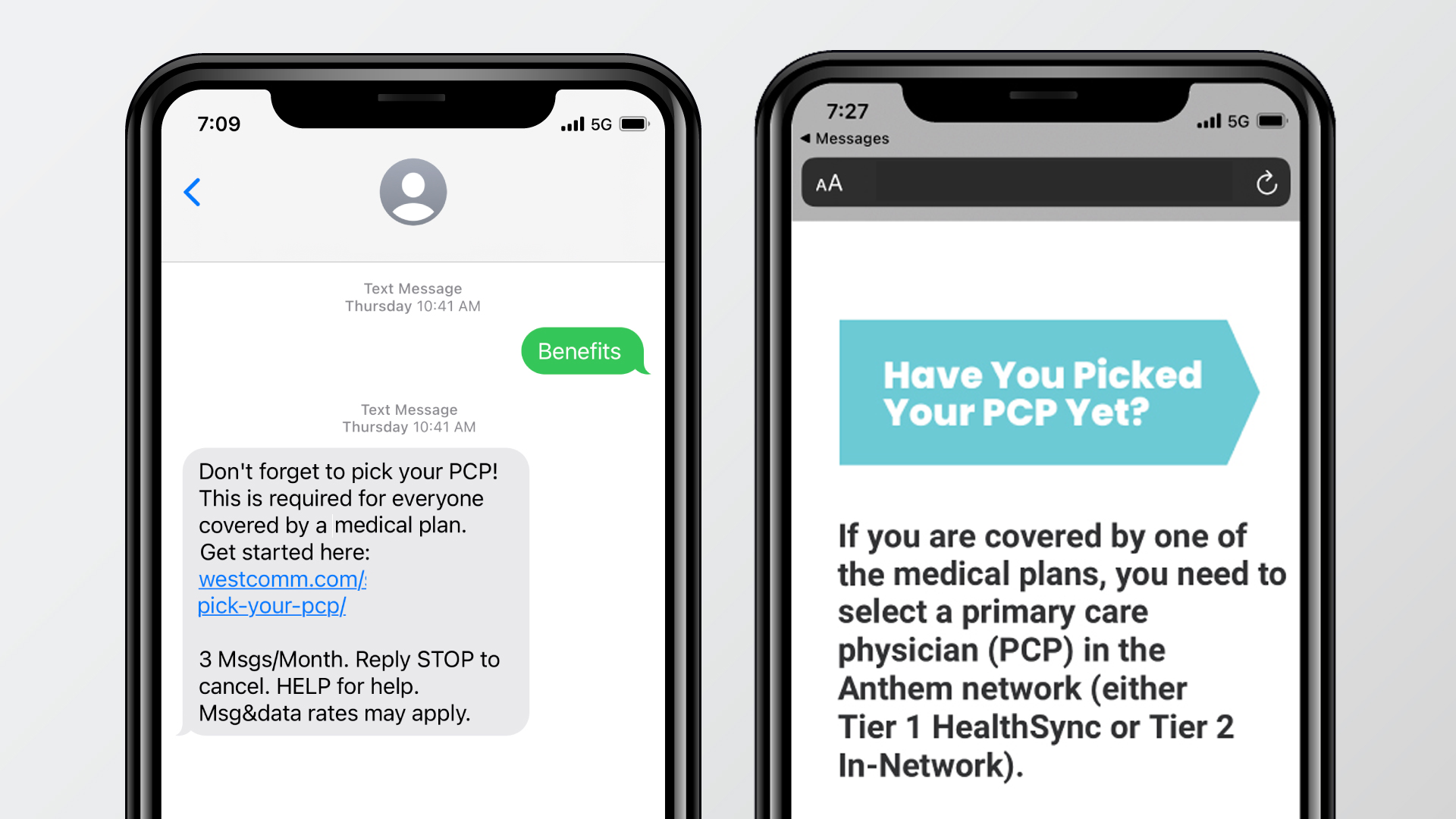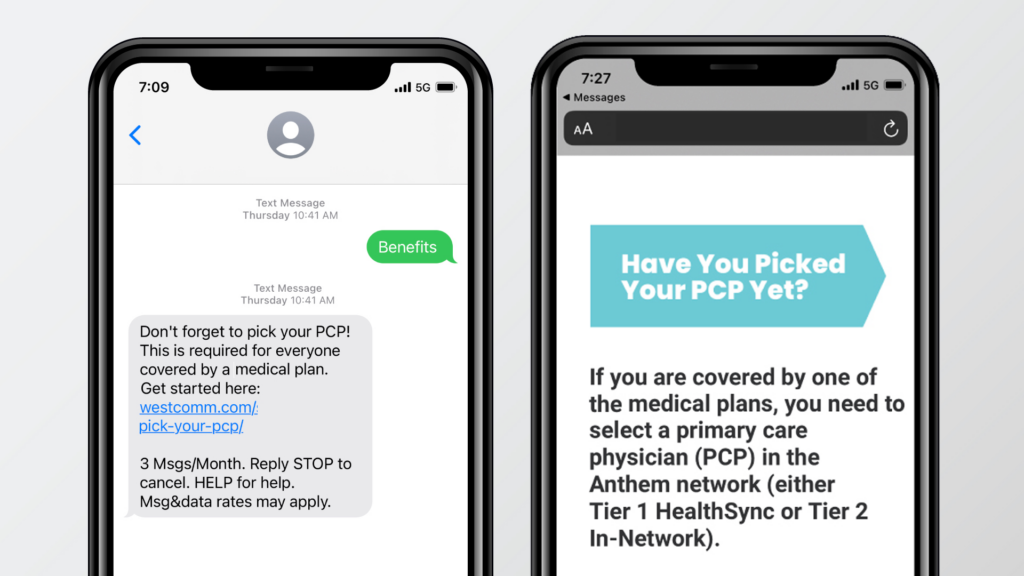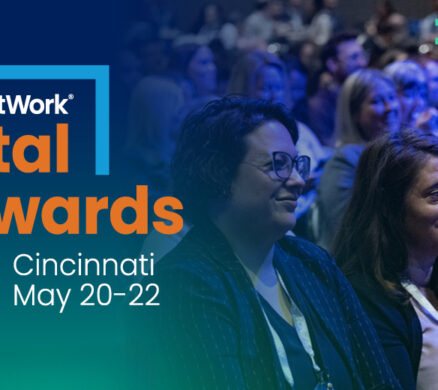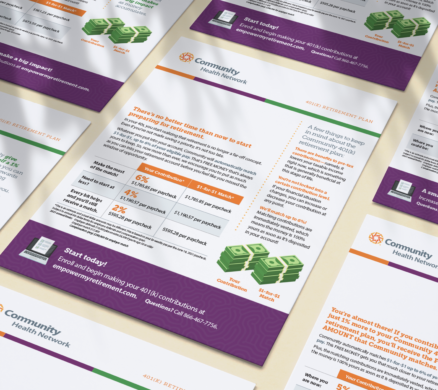
What’s the best way to communicate with employees about benefits?
We commonly get that question, and the answer is—there’s not just one way. Benefit communications don’t have a one-size-fits-all solution. And there are a lot of reasons for that:
- Environment: Many companies have a mix of employee environments: office, manufacturing, sales folks on the road, etc. Office employees may prefer email, but that approach won’t work in a manufacturing environment where employees have limited computer access during the day. And employees on the road may prefer a whole different way of communicating, such as mobile apps and podcasts.
- Communication Style: Some employees love communicating via mobile methods. Some may prefer traditional communications, like mailers to the home. Others may prefer a hybrid approach to communications.
- Processing Preference: Some of us are readers, some are auditory processors, and others are visual learners and prefer to watch something on a screen.
Here are four trends that can make some traction in organizations:
Personalized Journey Mapping
Journey mapping is a common approach used in consumer marketing. It’s an effective way to make benefits more relevant to your employees. Personalized journey campaigns provide a visual representation of the key touchpoints across different marketing or communications channels.
They help employers create a communication strategy that builds a conversation. You can follow your employees’ journeys and track engagement by using a mix of trackable tools, such as emails, PURLs (personalized homepages), or mailers with QR codes. Best of all, campaigns can be automated based on certain actions—taking the headache out of deployment for you.

Opt-in Texting
The one thing people typically have on them is their phone—and texting is a viable communication option for many employee populations. But by using an opt-in option, you give them a choice to receive updates on a personal device. Generally, we advise texting sparingly, saving it for calls to action—like enrolling in benefits or selecting a primary care provider for the health plan.
Podcasts
Odds are that a good segment of your workforce consumes podcast content in their personal lives. Bringing that method to internal and benefits communications is an appealing option, particularly if you have an employee base who is not in front of the computer often.
Not only could this be an effective way for employees to hear company leaders, but it’s also a way for employees to share stories and valuable information. Findings from a 2021 study conducted by Kantar show that 83% of employees are interested in receiving company updates and briefings via podcasts. More than half (52%) of 18-34 year-olds and 58% of 35-54 year-olds agree audio is becoming a more important part of their lives, according to The Spoken Word Audio Report from NPR and Edison Research.
Virtual Benefits Assistant
Employees are often overwhelmed with all the benefits choices they need to make. A virtual benefits platform is a great resource that can be accessed by employees anytime, anywhere. This interactive, online tool explains benefits in simple terms so employees can confidently make choices for themselves and their families. This tool is ideal for use during open enrollment, new hire orientation, and ongoing education throughout the year.
Interested in learning more about how your organization can leverage these trends? Reach out at helloindy@westcomm.com or follow us on LinkedIn for more insights.





